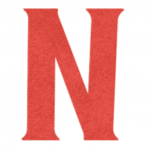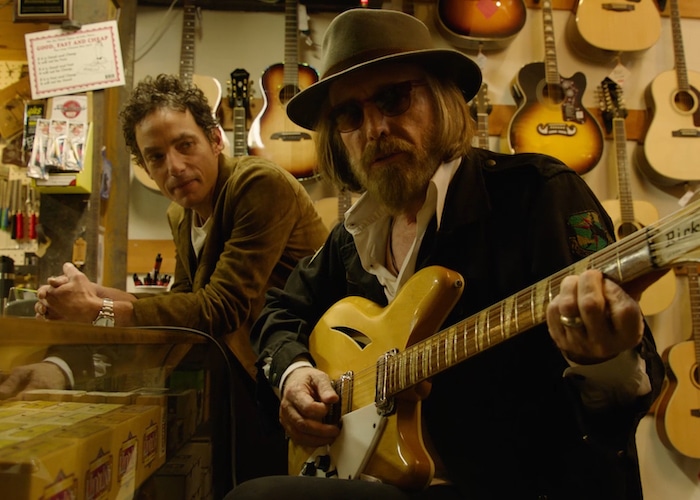I live in Los Angeles, and I must admit that when I drive down Laurel Canyon Boulevard, a certain nostalgia takes over. When you wind through the hills, smelling the trees and taking in the mishmash of mod and Bohemian design, the urge to put on a kaftan and make out while Neil Young plays softly in the background is pretty strong. Filmmaker Andrew Slater, a former rock critic and one time Capitol Records CEO, explores that nostalgia and mines it for potent sounds and imagery in Echo in the Canyon, which is a documentary but also a tribute album dedicated to a relatively short span of musical innovation and collaboration.
Laurel Canyon between the years 1965 and 1967 housed bands like The Byrds, The Beach Boys, The Mamas & the Papas, and Buffalo Springfield. All were supergroups with multiple songwriters and singers, which meant maximum output and creativity but also highly combustible dynamics. These musicians socialized, so their sounds tended to overlap and influence each other. A “California Sound” took hold with the help of radio and television spots that highlighted the glamor of the musicians and their alternative lifestyles. But very soon the sound splintered, band members pivoting to solo work or different styles.
This is an era before psychedelia but after the initial wholesome packaging of The Beatles. And The Beatles are very important to this doc. The thesis of Echo in the Canyon is that California surf and folk rock adopted the Beatles Rickenbacker electric sound and experimental lyrics to create a new aesthetic. Slater takes a rather hard line when he says that poetry didn’t exist on the radio before this sound. I don’t know about that. I feel like music marketing language can get a little strident.
Regardless, the film explores a sonic convergence via interviews with original band members such as Stephen Stills and Michelle Phillips. They discuss the instruments they used along with the love affairs and fights they had. Interviews are interspersed with studio and concert footage, iconic songs being covered by Jakob Dylan and other notable contemporaries including Fiona Apple, Regina Spektor, Cat Power, Beck, and Norah Jones. Fiona Apple is my favorite.
Dylan is the primary guiding force throughout Echo in the Canyon. We follow him as he drives around LA and explores classic rock production. He conducts the interviews and performs the songs himself. His guidance is a little awkward because he doesn’t necessarily ground his exploration in his own personal journey or a connection with his father. But all of that lives in the background, so it would be nice to acknowledge it. Documentary narration has grown such that we desire personal investment up front, especially because his voice is so prominent.
Watching this film, I smiled and giggled and tapped my toes a lot. These grizzled faces have weird and horny stories to tell. Jackson Browne seems to have been pretty girl-crazy back then. David Crosby, who has his own documentary coming out this year, teases about his own bad behavior and its repercussions. Tom Petty is interviewed at the top of the film in a guitar shop, quite soon before his death, which feels very poignant. The film closes with Neil Young — who is never interviewed — playing by himself in a studio room. How bittersweet to see how this collective talent has aged, how some old grudges live on.
The echo is used in this film to talk about repetition and overlap and variation and temporal stretch. But echoes can be lonely too, calling attention to your little place within a wide expanse of time and space. Most of these songs are yearning and plaintive, despite the “golden age” they represent. They foreshadow turmoil, while also feeling innocent, and that’s such a strong pull to listen, even now.
There are caressing aerial shots of Laurel Canyon and Hollywood and Malibu to enjoy. There’s also an interesting nod to the quirky and meandering 1969 film Model Shop by French director Jacques Demy (who was also the husband of the late great Agnes Varda). It’s a shortcut to the transatlantic and trans-artistic vibe of the era: LA setting, British-influenced rock music, French film; cosmopolitan youth culture awakening to politics and expanding the boundaries of their artistic repertoire.
Before the harder drugs and cults and Anti-War and Civil Rights movements brought real heaviness in, these musicians were still frolicking in a canyon in California where they could wear kaftans and make out and play music into the night.

